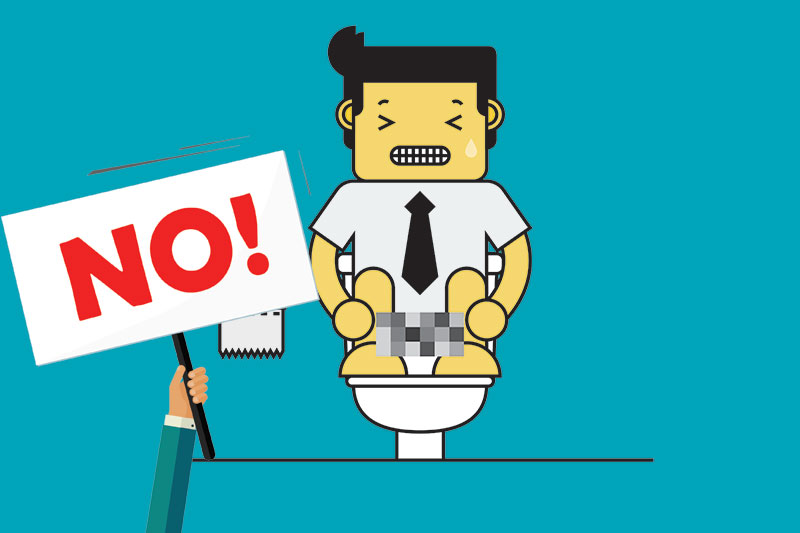
Squatting over the toilet when we pee is something that many of us do without giving it much thought. However, recent studies have shown that this practice may not be as hygienic as we once believed.
One of the main issues with squatting over the toilet when we pee is that it can lead to splashing. When we sit on a toilet, the water in the bowl is a barrier, preventing urine from splashing back onto our skin. However, when we squat, the urine is more likely to splash back up, potentially spreading germs and bacteria. This can be especially problematic for people with sensitive skin or prone to infections or allergic reactions.
Another issue with squatting over the toilet can lead to poor aim. Sitting on a toilet allows for better aim, as the angle of the toilet seat allows for more accurate targeting. Squatting, on the other hand, can lead to a wider, less precise stream of urine, potentially causing spills and messes.
Additionally, squatting over the toilet can be physically challenging, especially for older individuals or those with mobility issues. The act of squatting requires a lot of muscle strength, and it can be uncomfortable or even impossible for some people. On the other hand, sitting on a toilet is much more comfortable and requires less physical exertion.
Furthermore, squatting over the toilet can also lead to over-cleaning of the area, as people tend to wipe more when squatting. This can cause irritation and dryness and sometimes lead to hemorrhoids.
In conclusion, while squatting over the toilet may seem like a more natural and hygienic way to pee, it can lead to several issues, such as splashing, poor aim, physical challenges, and over-cleaning. Sitting on a toilet is a more comfortable, hygienic, and efficient way to pee, and it’s important to consider this when deciding how to use it.



